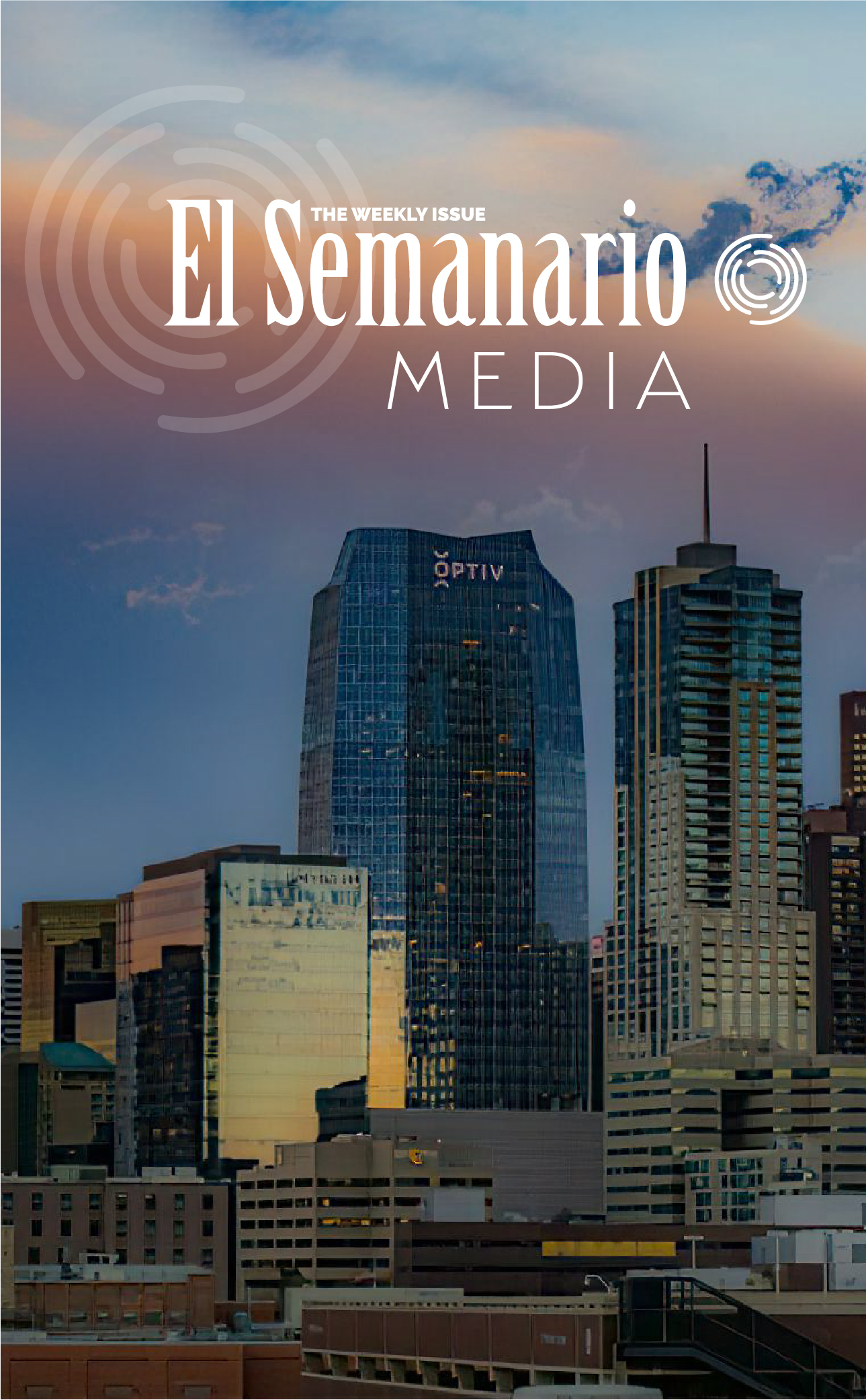By Ann Schimke
Posted August 15, 2024
Help schools install solar panels to cut fossil fuel use. Reduce cafeteria food waste by creating “share” tables and composting programs. Stock opioid overdose remedies in school AED cabinets.
These are a few of ideas that Colorado teens proposed to state lawmakers on August 1, as part of a program that seeks to include young people in the legislative process. It’s possible some of the ideas could eventually become law.
Most of the eight proposals presented August 1 by students on the Colorado Youth Advisory Council touched on environmental or health issues. Others addressed the shortage of school bus transportation and the difficulty that students with disabilities face in navigating school buildings. The advisory council consists of 40 students from across the state who are appointed for two-year terms.
One theme that emerged from the presentations was students’ concern about the impact of climate change and their desire for solutions.
I’m seeing my school and teachers struggle for funding while relying on nonrenewable energy options that keep getting more expensive every year.”
Alex Fabbri, Student
Alex Fabbri, a 17-year-old who attends Lakewood High School, suggested the creation of a state program that would award grants and no-interest loans for schools to install solar panels. He cited both the rising cost of natural gas and the fact that burning fossil fuels worsens the greenhouse effect on the Earth’s atmosphere.
“I’m seeing my school and teachers struggle for funding while relying on nonrenewable energy options that keep getting more expensive every year,” he said.
Following Fabbri’s presentation, Sen. Janice Marchman, a Democrat from Loveland, told Fabbri she was interested in the proposal, saying, “This is a very creative solution to an important problem.”
Ashna Shah, a 17-year-old who lives in Superior, described becoming involved in environmental action when her community was ravaged by the Marshall Fire, a wildfire that destroyed more than 1,000 Boulder County homes in December 2021.
“Every day, I’m forced to wonder what my future will look like in a world plagued by the climate crisis,” she told lawmakers.
Shah proposed a state-sponsored youth conference aimed at accelerating Colorado’s shift from fossil fuels to renewable energy. She said while today’s young people care about environmental protection, they lack the knowledge and power to drive change in their communities. A state conference would allow teens to learn about the issues and share their input.
Sophie Tipper, a 16-year-old who attends Cherry Creek High School, also proposed an idea to get more young people involved in environmental decision-making. She suggested adding two youth representatives to the Environmental Justice Advisory Board, a 12-member state panel run by the Colorado Department of Public Health and Environment. The group makes recommendations about environmental issues that disproportionately affect certain communities and helps administer state environmental grants.
Tipper described her own evolution from a middle-schooler anxious about climate change to an environmental activist.
“In middle school, I heard over and over again how it was my generation’s responsibility to fix this planet, but no one offered any solutions,” she said.
Things changed, she said, when she and a friend saw trash cans overflowing with plastic foam lunch trays and decided to contact the superintendent. He quickly responded, and Tipper soon received funds to launch a recycling awareness campaign.
“Being able to work on the project relieved much of my hopelessness and made the future of a green planet a possibility again,” she said. “Youth truly are paying attention to what is happening and they want to help.
”
The last youth presentation of the morning focused on access to naloxone, a medicine that reverses opioid overdoses.
Makena James, 17, talked about the impact of opioid-related deaths in rural Routt County, where she attends Steamboat Springs High School. She described 22 such deaths there over five years.
“Those small-seeming numbers take an immense toll on the community and on the people inside of it,” she said. “I grew up, and each year there were more deaths.”
Her presentation partner, 15-year-old Suyash Shrestha, proposed a state program that would allow schools to place naloxone into the same cabinets that already house automated external defibrillators, or AEDs, devices that can treat people whose hearts have stopped.
By providing easy access to naloxone, especially in rural and low-income communities, “we have the power to save lives” and empower youth to become heroes, he said.
The Youth Advisory Council typically has a few proposals that become law each year. During the 2024 legislative session, a youth council proposal to require school staff to call students by their chosen name was signed into law, and components of two other youth council proposals became law. In 2023, four youth council proposals became law, and in 2022, three became law.
Ann Schimke is a senior reporter at Chalkbeat. This article was originally published by Chalkbeat.
- As the Labor Crisis Continues for Colorado Restaurants, Immigrants Stock Up On Culinary Knowledge - January 14, 2025
- Will Filling Out Student Aid Form Target Undocumented Parents for Next President’s Mass Deportations? - January 10, 2025
- Calling On President-Elect Not to Pardon Rioters - January 10, 2025







